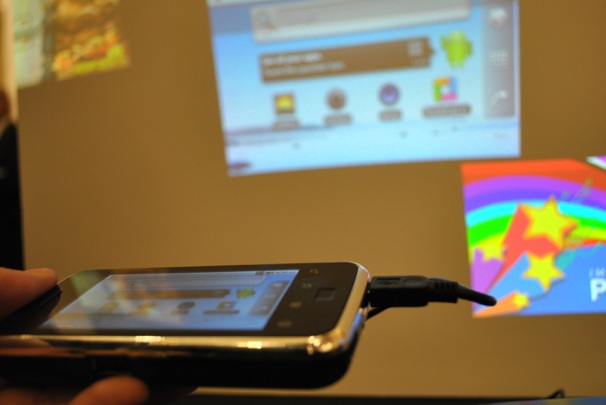 Three things are certain in life: birth, death, and taxes. So why not turn the process of filing your taxes into a mobile app? That’s exactly what Intuit–makers of TurboTax–have done with SnapTax. Available for both the iPhone and Android, anyone who is eligible to file a 1040EZ will be able to use the app to file from start to finish.
Three things are certain in life: birth, death, and taxes. So why not turn the process of filing your taxes into a mobile app? That’s exactly what Intuit–makers of TurboTax–have done with SnapTax. Available for both the iPhone and Android, anyone who is eligible to file a 1040EZ will be able to use the app to file from start to finish.
For those of us who are tax illiterate — 1040EZ users are those who make under $100,000, have no dependents, and are going to claim the standard deduction. Essentially the profile of the “mobile generation,” Intuit believes.
While the download is free, Intuit will charge a $14.99 fee to file the form electronically. SnapTax uses optical character recognition to “scan” W2 forms, making the process of data entry much easier. Like its big brother TurboTax, the user will always have a running tally of their refund (or, gasp, how much more Uncle Sam wants) during the process. It will also allow for the submission of state income taxes as well.

 For this week’s TIME.com column–the first, incidentally, to appear on Thursday, our new publication date–I
For this week’s TIME.com column–the first, incidentally, to appear on Thursday, our new publication date–I  Ladies and gentlemen, the day has finally arrived: The
Ladies and gentlemen, the day has finally arrived: The 
 A start-up named
A start-up named  Until seeing the Xperia Arc up close, I’ d never been excited about a Sony Ericsson phone. (I’d describe my mood about
Until seeing the Xperia Arc up close, I’ d never been excited about a Sony Ericsson phone. (I’d describe my mood about  For some reason, I have
For some reason, I have